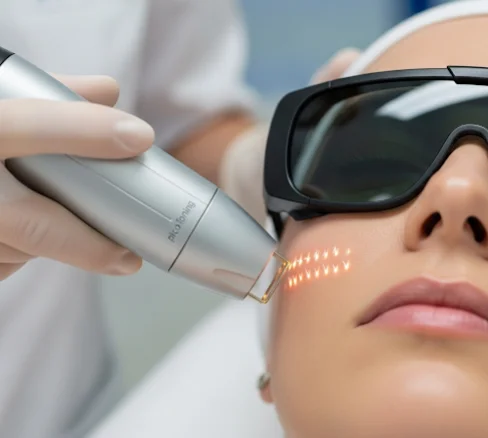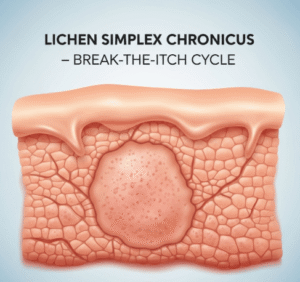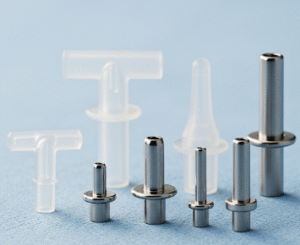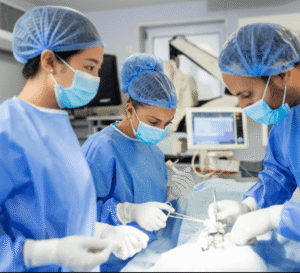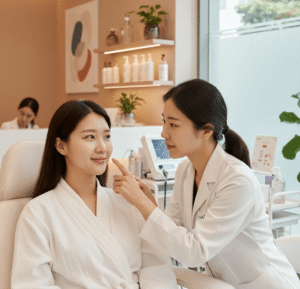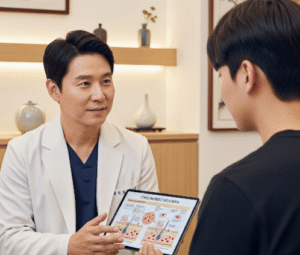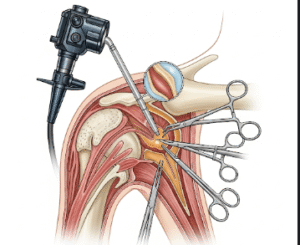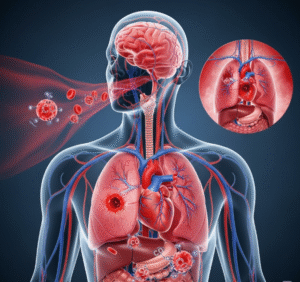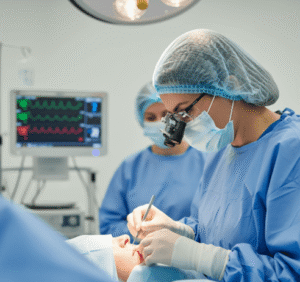Pico toning in Korea is considered one of the most advanced skin treatments available today. Using ultra-fast pico-second laser pulses, it provides precise, safe, and effective results for pigmentation, acne scars, dullness, and skin rejuvenation. Compared to traditional laser toning, pico toning offers faster improvements with fewer risks, making it especially popular in Korean clinics that lead the world in skincare technology.
What It Is
Pico toning is a non-ablative laser treatment that uses pico-second pulses—measured in trillionths of a second—to shatter pigmentation into ultrafine particles. The body naturally clears these particles, leading to brighter, more even-toned skin.
Unlike traditional lasers that rely more on heat, pico lasers use photoacoustic energy, which means there is less risk of burning or damaging surrounding tissue. This makes it ideal for Asian skin, which is more prone to pigmentation issues.
In Korea, pico toning is performed with the latest generation of lasers and often combined with hydrating masks, brightening serums, or LED calming therapy. The approach reflects the Korean philosophy of achieving gradual, natural, and long-lasting results.
Why It’s Done
Pico toning addresses both medical concerns and cosmetic goals.
- Medical uses include treating melasma, post-acne hyperpigmentation, sunspots, and freckles.
- Cosmetic uses include brightening skin tone, shrinking pores, softening fine lines, and improving skin texture.
- Preventive use is common in Korea, where patients begin treatments early to maintain youthful, glowing skin.
The treatment is especially attractive to busy professionals and celebrities, as it requires almost no downtime and delivers visible improvements in just a few sessions.
Alternatives
While pico toning is advanced, alternatives are available for different needs or budgets:
- Traditional laser toning using Q-switched Nd:YAG lasers.
- Chemical peels such as glycolic or lactic acid.
- Microneedling with serums (MTS) for collagen stimulation.
- IPL therapy for redness and pigmentation.
- Whitening injections and IV drips with Vitamin C or glutathione.
- Korean skincare routines with niacinamide, arbutin, and tranexamic acid.
Preparation
Preparation for pico toning in Korea is thorough and patient-focused.
Clinics conduct a digital skin analysis to measure pigmentation depth and overall skin health. Based on this, dermatologists create a personalized plan, usually recommending 5–8 sessions spaced 2–4 weeks apart.
Patients are advised to avoid sun exposure, tanning, and strong exfoliants before treatment. Retinoids should be discontinued a few days prior. Keeping the skin hydrated with K-beauty moisturizers and sheet masks is also encouraged.
Since pico toning is gentle, numbing cream is not usually needed, though many clinics prepare the skin with calming products before starting.
How It’s Done
Pico toning is a quick outpatient procedure, typically lasting about 15–20 minutes:
- Cleansing – Makeup and impurities are removed.
- Protection – Eye shields are applied.
- Laser application – The pico laser is applied in multiple passes, delivering ultra-short pulses. Patients usually feel a mild tingling but no pain.
- Post-care – Soothing masks, LED therapy, or hydration serums are used.
- Final step – Sunscreen and moisturizer are applied.
Results build gradually across multiple sessions, with many Korean clinics offering affordable package deals for locals and medical tourists.
Recovery
Pico toning is famous for its minimal downtime. Most patients experience only slight redness, which fades within a few hours.
Korean dermatologists stress strict sun protection after treatment. Patients are advised to use SPF 50+ sunscreen, hydrating serums, and sheet masks to maintain the skin barrier.
Noticeable results often appear after just 2–3 sessions, with continued improvements in clarity, texture, and brightness over time. Maintenance sessions every 6–12 months are common.
Complications
Pico toning is very safe, especially in Korea, but minor side effects may occur:
- Temporary redness or dryness.
- Mild swelling in sensitive areas.
- Rare risk of hyperpigmentation.
Korean dermatologists reduce these risks by using precisely calibrated low-energy settings and following treatments with calming masks and recovery serums. Patients are also given strict aftercare instructions to ensure long-lasting, safe results.
Treatment Options
Korea offers several specialized variations of pico toning:
- Pico rejuvenation for pigmentation and overall brightness.
- Pico fractional toning for acne scars and wrinkles.
- Pico whitening programs focused on achieving an even, luminous complexion.
- Combination packages such as Aqua Peel plus pico toning or Shurink (HIFU) plus pico toning.
- Multi-session packages in Seoul that combine affordability with high-quality care, particularly in Gangnam.
Conclusion
Pico toning in Korea is one of the most advanced and effective skin treatments available today. With its ultra-fast pulses, it delivers superior results in treating pigmentation, acne scars, dullness, and early signs of aging—all while being safe for Asian skin and requiring minimal downtime.
Korean clinics enhance the experience with holistic aftercare, customized treatment plans, and advanced skincare integrations, ensuring patients leave with glowing, healthy skin. Whether for medical reasons, cosmetic goals, or preventive care, pico toning in Korea offers a reliable path to achieving the famous Korean glass skin glow.

